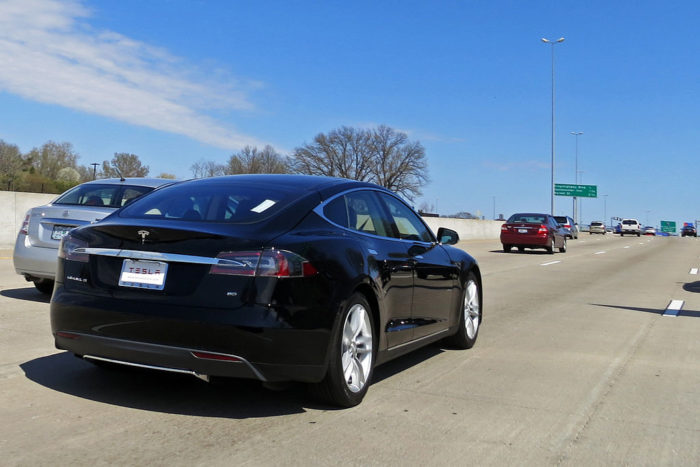Safe-Driving Technology: Increasing danger behind the wheel?
Is safe-driving technology increasing our risk behind the wheel?
While airbags, crash warning systems, improved child safety restraints, and shoulder belts offer safety benefits, so-called “infotainment systems” and driving “automations” arguably ensure that drivers face even more distractions and a decreased workload while behind the wheel. Many automakers contend the infotainment systems offer a safer method to surf the web, read email and post Facebook status using voice commands. However, these systems still require some manual manipulation and continue to pose a mental distraction for drivers. Vehicle automations, such as adaptive cruise control and active lane departure correction, reduce the driver’s workload behind the wheel. While these innovations are intended to make driving safer, they are increasing the number of car accidents because drivers now have distraction that invites multi-tasking behind the wheel. There is a great deal of research concluding that technology intended to reduce a driver’s workload and error rate, can actually increase driver error by way of distracted driving, driver fatigue and slow reaction time.
Tesla is the most recent automaker to come under scrutiny after Joshua Brown, a Florida native, was killed when his Tesla crashed into the side of an 18-wheeler while the vehicle’s “autopilot” feature was engaged. Tesla, while an industry leader in self-driving cars, isn’t the only company testing vehicle automation. Numerous other companies, including Audi, Cadillac, Mercedes, BMW, and Volvo have introduced similar technology. Even Apple and Google have been rumored to be investing in self-driving vehicles.
In addition to automation technology, infotainment systems provide drivers more opportunity to engage in other mental distractions while driving, like using a cellphone, posting on Facebook, and other forms of entertainment. Unfortunately, this technology, which should make driving safer promotes distracted driving rather than deter it. And, when used with automation technology, the risk is compounded.
When automation technology breaks down or does not work correctly, what is the failsafe? The driver. What happens if the driver isn’t paying attention, or is distracted or fatigued? Unfortunately, it means tragedies, like Joshua Brown, happen.
Truly autonomous cars may be the future, but the technology isn’t there yet. Until then, driving a motor vehicle on the road today is still a quid pro quo between the driver and the vehicle. The driver must remain attentive and engaged behind the wheel at all times.
If you own a vehicle that utilizes some of this technology, think twice before you let the technology drive instead of you. Just a week after Brown’s fatal crash here in Florida, another Tesla owner posted a video showing his car on autopilot smashing into a parked van. The driver admitted: “Yes, I could have reacted sooner, but when the car slows down correctly 1,000 times, you trust it to do it the next time. . . My bad.”
Share This



